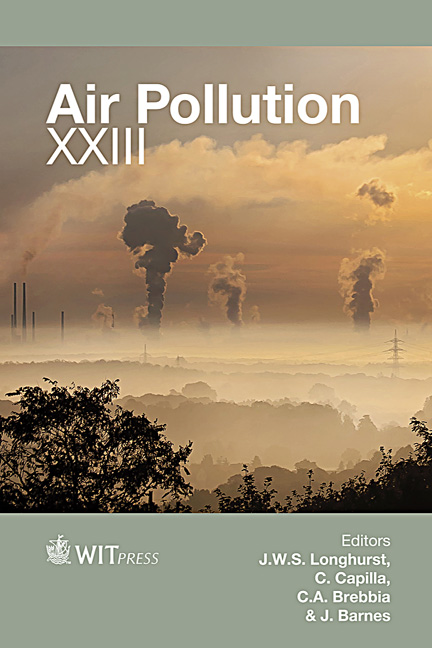Air Quality And Children’s Health In Rural Kenya
Price
Free (open access)
Transaction
Volume
198
Pages
10
Page Range
217 - 226
Published
2015
Size
359 kb
Paper DOI
10.2495/AIR150181
Copyright
WIT Press
Author(s)
K. Teather, K. Critchley, E. Ross, L. Symington, W. Mirie, M. Gibson, T. Barnett, H. Qadoumi
Abstract
This paper investigated the impact of air quality on the respiratory health of young children living in rural Kenya. We examined particulate matter concentration and the concentrations of nitrogen dioxide, sulphur dioxide, and ozone in various areas frequented by pre-school age children in rural Kenya. We were most interested in comparing air quality in the bedrooms and cook houses. Children spent nearly four hours in cook houses with their mothers where air quality was significantly worse than bedrooms. Airborne particulate matter was highest in cook houses, followed by bedrooms, yards and roads, while it was lowest in the forest. Nitrogen dioxide and ozone levels were also higher in cook houses than in bedrooms although there was no difference in sulphur dioxide between the two areas. We examined children’s respiratory illnesses, as indicated by health assessments and interviews with mothers, with their estimated exposure to poor air quality. We found no evidence of a link between our measures of air quality and respiratory illness although the short-term nature of the study may have contributed to our lack of association.
Keywords
children’s health, indoor air pollution, outdoor air pollution, Kenya





